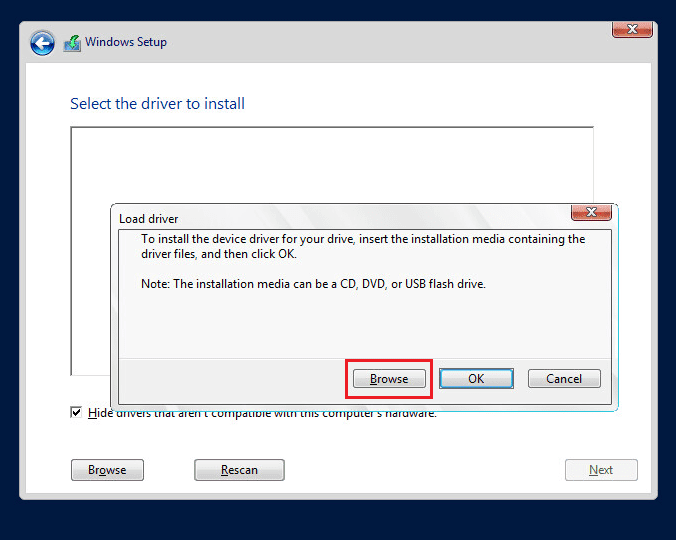- Vmware SCSI & RAID Devices Driver Download For Windows
- Vmware Scsi & Raid Devices Driver Download For Windows Xp
- Vmware Scsi & Raid Devices Driver Download For Windows 8.1
The HotPlug functionality of VMware ESX(i) 4 and 5 has the negative side effect that it is easily possible to “eject” hardware devices from inside the virtual machine, completely removing the respective device from the VM configuration. This is especially bad if it happens to the network card, and others have already described how to prevent that from happening (e.g. here and here).
Ejectable Disk Device
VMware, VMware Virtual S SCSI Disk Device - Driver Download. Vendor:. Product: VMware, VMware Virtual S SCSI Disk Device. Hardware Class: DiskDrive. Windows 7 32-Bit Driver. Total Driver Versions: 3. Recommended Driver. Driver Date:: Release Notes: Driver Version: 6.1.7601.23403. Enabling SCSIID on VMware To preserve the device names across reboots in Linux, udev rules is the recommended option. The idea is to extract SCSI device’s unique ID and assign it to a symbolic name that will persist across reboots. To get the SCSI device’s unique ID, Linux command scsiid can be used. When I look at Download button. Here is the miray virtual disk scsi processor device driver for Windows XP x32, Windows Vista x32, Windows 7 x32, Windows 8 x32 download list. Free Scan for the official dell virtual disk scsi disk device Driver - compatible with Windows 10, 8, 7, Vista & XP, using Driver Assist.
Vmware SCSI & RAID Devices Driver Download For Windows
One thing remains, even when disabling HotPlug by adding the following line to the virtual machine’s properties as recommended by VMware:
The Safely Remove Hardware icon is still shown in the taskbar. If clicked, a popup windows opens with the command Eject VMware Virtual disk SCSI Disk Device as can be seen in this (German) screenshot:
Ejecting a virtual machine’s only disk is a very bad idea, of course, and luckily it does not work because the device is in use. But concluding that all is well is not suffienct if user experience is at all relevant. Simply hiding the Safely Remove Hardware icon through Group Policy is also not an option if the users connect USB devices via XenDesktop’s USB redirection mechanism – because in that case they need the icon.
Making an Ejectable Device Un-Ejectable
The way to get rid of the option to eject the virtual disk is to make Windows believe that it is not hot-pluggable. This can be achieved by modifying the corresponding device capabilities registry value. That, however, is complicated by the facts that only SYSTEM has write access to the registry key and that Windows re-writes the correct value when booting – re-enabling HotPlug. The solution is to execute a computer startup script via Group Policy. Startup scripts are run in SYSTEM context, and since the script runs every time the system is booted we can be sure the device capabilities value is always configured the way we want it to be.
To implement the solution, create a batch file with the following content and run it as a computer startup script:
Note: The second command is for disabling network card ejection. This is an alternative to setting “devices.hotplug=false” in the VMX file.
How Does it Work?

Vmware Scsi & Raid Devices Driver Download For Windows Xp
During the boot phase Windows probes the hardware and writes each device’s capabilities to the Capabilities registry value. According to this answer on superuser.com, bit no. 3 equals CM_DEVCAP_REMOVABLE:
Vmware Scsi & Raid Devices Driver Download For Windows 8.1
All we have to do is make sure the bit is not set. We do that by changing the Capabilities registry value from 6 (bits 2 + 3 set) to 2 (only bit 2 set).




